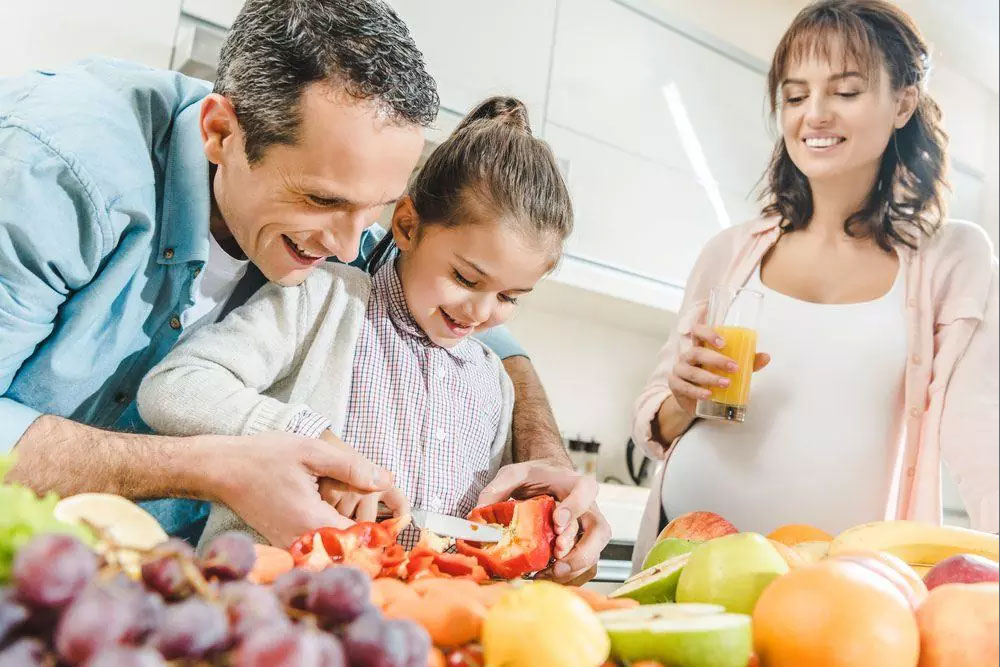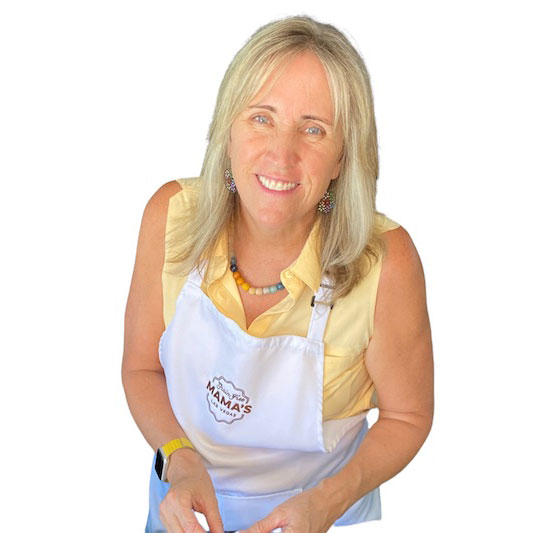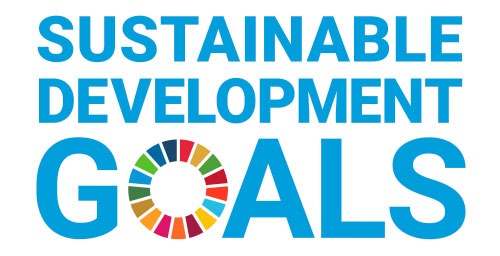Healthy Eating Begins with the Basics

Are you ‘eating’ your way to better health with your diet choices? For many of us, we think so, but how can we be sure? Healthy eating begins with the basics.
The basics of healthy eating begin with the consumption of healthy proteins, healthy fats, fresh vegetables and fresh fruits. With regard to the vegetables and fruits, eating the whole vegetable and fruit is important. Many can be eaten without peeling the exterior off, but in the case of oranges, melons, etc, the exterior can be bitter and just not good eating. So use your common sense.
To go a little further with this, juicing to get all of your vegetables and fruits may not be in your best interests. The pulp and fiber content of vegetables is usually removed with juicing to make for a smooth and typically sweeter drink, but use caution. Common sense is your guide here. If you juice 3-4 oranges for one glass of orange juice, the amount of fructose (fruit sugar) is way higher than eating one orange. You probably couldn’t eat 3-4 whole oranges at one time.
Try to keep portions in common with eating the whole natural variety and you will be better able to keep your sugar levels more stable. A sweetener high and then subsequent drop isn’t good for the body no matter what sweetener you use.
The fiber in the vegetables and fruits help to keep our elimination system working efficiently. When we don’t get enough natural fiber then our colon can get backed up, which we call constipation, and then the toxins our body has packaged in our waste can get re-absorbed into our blood stream and cause us more serious problems.
Ok, now that we’ve talked about the benefits of eating fresh vegetables and fresh fruits, what about the conventionally grown versus organic debate? Is it really worth the extra money to purchase organic whenever possible? There are so many ways to think about this.
Here is an excerpt from the article, ORGANIC VS. CONVENTIONAL FARMING; “The essential difference between organic and conventional farming is that conventional farming relies on chemical intervention to fight pests and weeds and provide plant nutrition. That means synthetic pesticides, herbicides, and fertilizers. Organic farming relies on natural principles like biodiversity and composting instead to produce healthy, abundant food.”
For me, the idea of consuming a lot of chemicals on purpose is just not appealing. We are bombarded by chemicals with exhaust from cars, machines and factories. Why would we add to this by eating foods covered and infiltrated by more chemicals? Anytime you get sick and have to take pharmaceutical drugs you are ingesting even more. Makes sense to limit your own participation in polluting yourself.
If I were to ask you if it was better, and better tasting, to purchase everything in the stores or to grow and eat your own vegetables and fruits, what would your response be? My family wasn’t the most wealthy growing up, and so whenever we lived where we could grow our own vegetables and fruits we did. To this day, if you gave me the choice of purchasing my vegetables and fruits in a store or growing my own, I would choose to grow my own. And my opinion is shared by many many people. This is why Farmer’s Markets are so popular.
Why? Here are just a couple of reasons:
- You have an investment in what is grown, so you WILL eat it happily. Watching the plants sprout up from the ground and then grow into food you can consume is SO SATISFYING. Even if you make the mistake of growing too much. We grew too much squash and had an over-abundance one year. We shared the extra with our family, friends and neighbors, who loved it, but didn’t plant too much the next year. Hahaha….
- The fresh taste and firm texture is fabulous. You get to pick it at peak sun ripeness and flavor. A lot of the vegetables and fruits we buy are picked pre-ripened (green) and then ripened in transit and in big warehouses with ethylene gas. Reading this article will help you to understand this process; Pocket K No. 12: Delayed Ripening Technology
Next up, proteins. This single topic, consumable proteins, can spark an argument these days. There is the plant-based, vegetarian (vegetable and eggs) camp, the vegan (vegetables only) camp, the keto (carb restriction based) camp, the paleo (low carb foods, but not amount restriction), the pescatarian (fish eating) camp, meat-eating camp, and omnivore (everything eating) camp, just to name a few. Wow!
Whether you eat any, or none, of the above-mentioned protein consumption camp styles, the reality is that we need proteins to keep so many components (parts) inside our bodies healthy and whole. A good read to get more information is; The Benefits of Protein. Here is an excerpt; “Protein is an important component of every cell in the body. … Your body uses protein to build and repair tissues. You also use protein to make enzymes, hormones, and other body chemicals. Protein is an important building block of bones, muscles, cartilage, skin, and blood.”
Takeaways on protein … we need good skin or we may fall apart. We need healthy bones and muscles so we can move around. We need enzymes to digest foods. We need hormones to keep our organs working properly. Too little, or too little variety, of proteins can be a problem. Before you make your protein eating choice, it would be wise to look at the pro’s and the con’s of each particular choice. Limiting yourself to a small range of types of protein can lead to intolerances if you oversaturate your body with it. Not getting enough variety of protein can produce problems of any of the above-mentioned in the paragraph just above this one.
It’s important to follow our hearts with regards to what matters the most to us, but not at the expense of our health. A sick you cannot contribute much to this beautiful world that we are a part of.
Speaking of healthy hearts, fats play a big part in keeping our hearts and brains healthy. Here’s a quote from the article, Choosing Healthy Fats, “By understanding the difference between good and bad fats and how to include more healthy fat in your diet, you can improve your mood, boost your energy and well-being, and even lose weight.”
As much as it pains me to write it, fried foods are NOT a good source of good healthy fats. This hurts me too, because I love fried chicken strips and fries as much as probably anyone else. Ugh! A little once and a while is ok, but everyday consumption would not be good.
What about vegetable oil? Does that count for getting vegetables and maybe good healthy fats too? NO. Vegetable oil is typically made from soybeans. There is a lot of conflicting opinion about soy. Soy consumption can alter your progesterone and estrogen levels. I personally cannot eat it, as I absolutely cannot digest soy. It makes me sick for about a week every time I get even a molecule of it. (My daughter thinks I am terrified of soy, and she is probably right.)
Here are the links to three articles on the topic of soy and vegetable oil:
- Is Soybean Oil Unhealthy? What the Science Says
- Is Soybean Oil Harmful For the Brain? New Study Examines Health Impact
- Is Soybean Oil Bad for You?
I like to use the following four main cold-pressed oils for everyday cooking, rotating to a different one every day in a set pattern;
- Avocado Oil
- Olive Oil (not so high heat resistant, so be careful what you use it for.)
- Coconut Oil
- Sunflower Seed Oil
I eat avocados, grass-fed butter and other fat rich foods as my main source of healthy fat eating. When I do make fried food, I typically use sunflower seed oil. This is the typical oil used in fryers in France, as opposed to the typical vegetable oil (soybean) we use in restaurants here in the USA.
As with everything else, variety is the ‘spice of life.’ As much as you can eat what is naturally available and growing in each season (Fall, Winter, Spring, Summer) you will keep your diet fresh and varied. Before modern refrigeration this was what people did for thousands of years.
Wondering where the advice is about grains and sugar? The grains (both gluten containing and gluten free) and sugar (sugarcane) are part of the family of grasses. They are called the edible grasses. The grasses family is implicit in seasonal allergies and are well documented to produce inflammation in the human body. Here is an article, Top 10 Inflammatory Foods to Avoid Like the Plague, that will help you to see not only the problem with sugar, but grains (Most baked goods currently available in grocery stores, etc. fall under the category of processed grains and sugars, but generally all of the edible grasses are inflammatory.).
If you have ANY seasonal allergies or autoimmune disease, then stay away from all edible grasses and you will be helping yourself immensely. Not sure? Go without for a week and see if you notice a difference in how you feel and how clearly you think.
Dairy is also a much debated topic. I cannot consume liquid dairy (which includes ice cream) without having problems. I used to eat organic raw cheeses that are aged over one year, but now consume any dairy rarely. Be careful. Just a thought to consider, after they are weaned, the cows don’t give their own children’ liquid milk at all. They drink water. Hmmm……
Nuts and seeds? Make sure they are fresh. Nuts can harbor molds that you cannot see, so if you have any kind of mold allergy, they are most likely not safe for you to consume. Seeds don’t usually hold mold, because if they get wet at all they grow (sprout).
Legumes can be a great source of protein and fiber, if you tolerate them well. If you get gassy after eating legumes it could be because your digestive system and isn’t able to digest the oligosaccharides (bean sugars) well. Sometimes you can have a reaction when you first start eating legumes because you aren’t used to consuming enough fiber. In this case, work up to it slowly. Read this article for more information, Why Beans Cause Gas.
Well, that is probably more than enough information to get you thinking about your diet and how to eat healthy. You are the one who knows your body best. We, at Grain Free Mama’s, want to come alongside you and give you sources of information to help you to be the best you possible. Check out our website for access to our online training, Sustainable Clean Eating Made Simple, and our Grain Free Mama’s baking mixes that can help you to win at this game called life! https://gfmamas.com

Written by Margie Traxler
Grain Free Mama’s is a FoodTech Consumer Product Goods company. We make gluten/grain/sugar free (Edible Grasses Free), dairy free and botanical nut free baking mixes that put the simple back into simply good for you. We also have educational resources to help you on your healthy eating journey. Margie, the Founder/CEO, received her B.S. in Biology from Portland State University. She has 22 years of experience as a successful Restaurant owner. She lives and operates her business in Henderson, Nevada.





